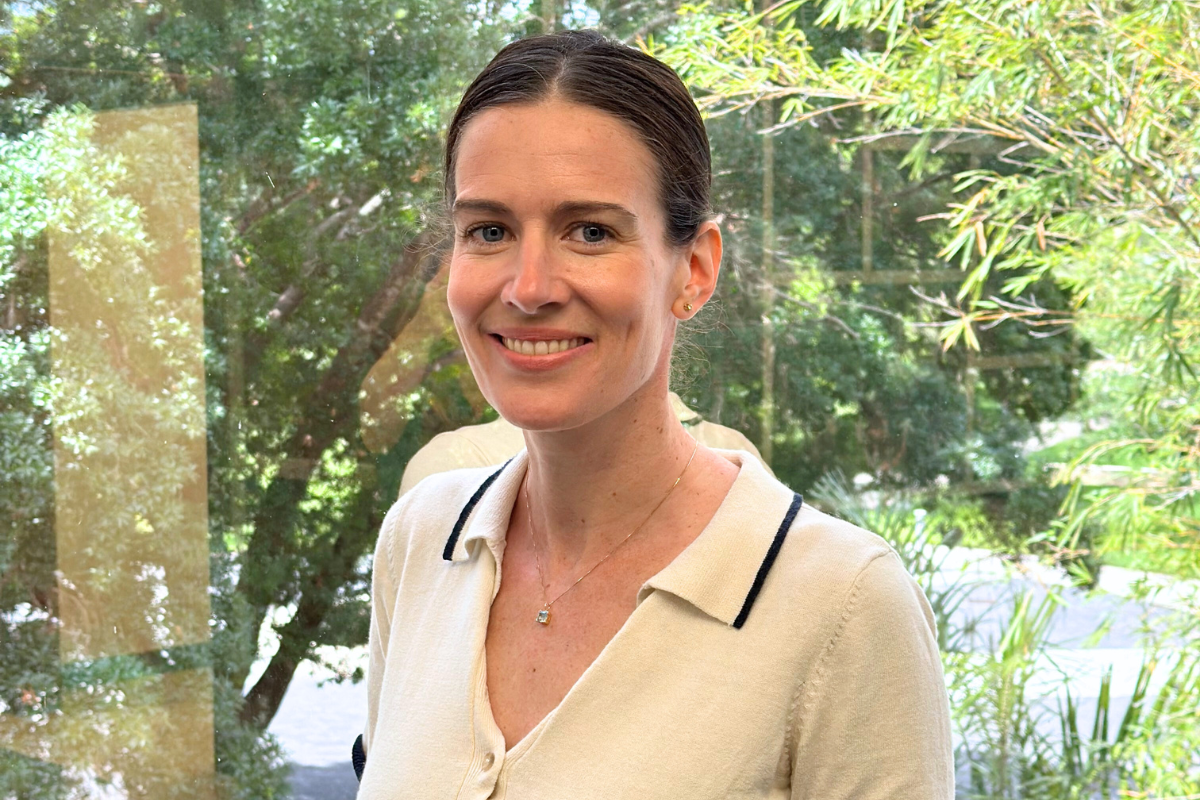
Andrea Blanco-Redondo joined CREOL in early April from Nokia Bell Labs in New Jersey, where she was the head of silicon photonics research. She was previously the Professor Harry Messel Research Fellow and senior lecturer at the School of Physics at the University of Sydney in Australia. While pursuing her doctorate, she was a photonics researcher and a project manager with the Aerospace and Telecom departments of Tecnalia in Spain.
She earned her Ph.D. in electrical engineering with a focus on integrated photonics at the University of the Basque Country, Bilbao, Spain. She received her master’s degree in electrical engineering at the University of Valladolid, Spain.
Blanco-Redondo was the recipient of Australia’s Geoff Opat Prize and the Ada Byron Award, a nationwide Spanish award for leading women in technology. Amongst her most significant research achievements are the experimental discovery of a new type of solitary wave, the pure-quartic soliton, and the demonstration of topological protection of quantum photonic states.
She served as an Optica (Optical Society of America) Director at Large and Ambassador, a reviewer for the U.S. Department of Energy Office of Basic Sciences, and an Optics Continuum Associate Editor, among many other service activities in the profession. She is a well-recognized leader in the field of topological photonics, silicon photonics, and nonlinear optics.
Get to know Dr. Blanco-Redondo:
Q: You have studied and worked all over the world – the U.K., Belgium, Spain, Australia, and the U.S. Where is home?
A: Spain will always be my home, that’s where my roots and many of my friends and family are. But home is now also the U.S. where I am raising my own family and developing my career.
Q: What took you to Australia?
A: An opportunity to do the science I wanted in one of the coolest places on earth. When I decided to go to Australia, I was very interested in studying slow-light in photonic crystals and its potential applications. CUDOS (Center for Ultrahigh Bandwidth Devices for Optical Systems) at The University of Sydney, was the perfect place for that. On top of that, I had always been fascinated by the wonders of Australia and its unique landscape and animal life. So, it was the perfect combo.
Q: What brought you to the U.S.?
A: An attractive job opportunity with Bell Labs in New Jersey, which is a unique research environment that I feel fortunate to have been a part of. And being closer to family was also important.
Q: In THIS 2015 El Mundo article, you said you first became interested in science because you felt it was a good way to leave a legacy of making life better for others. Do you still believe this?
A: Firmly. The value of generating new scientific knowledge cannot be underestimated, because it is the basis of future technology. For instance, I have discovered a new set of optical pulses that may lead to better user systems in fields such as biology, metrology, and communications. I am also studying how to make quantum states of light more robust, which might impact the fields of quantum computing and quantum sensing.
Q: What sparked your interest in photonics?
A: Understanding the behavior of light is just fascinating to me. Especially when light is confined to the nanoscale, where the interaction of light and matter becomes so much stronger and gives rise to outstandingly beautiful nonlinear effects. From a more practical perspective, photonics is just a perfect playground to explore both fundamental science and applications, and my interests oscillate between the two.
Q: You’ve been working in industry the last four years – are you looking forward to being back in the classroom again?
A: Yes, I am. Working in industry has been extremely valuable for me: I have acquired a broader and more realistic picture of the telecom and computing domains of applications and I now understand better the current technological challenges faced by these industries. I am excited to go back to also exploring more fundamental questions and passing on some of my knowledge to students.
Q: What do you want students to learn from you?
A: Apart from extensive scientific knowledge in photonics, I want students to learn valuable skills that will prepare them for a successful career, whether they choose to stay in academia or join industry. I want to teach them to be rigorous, to focus on what’s important and not get lost in the weeds, to persevere, to take risks, and aim high.
Q: Why did you choose to join CREOL/UCF?
A: CREOL is one of the top places in photonics in the world and I am extremely excited about the many opportunities for collaboration that are open here. Also, CREOL offers a very friendly and collegial environment, which is very important to me.
Q: You were a student-athlete in college – how did that experience help you during your research and career?
A: Yes, I played volleyball for Aston University in the U.K. and I was also part of the University of Sydney Tennis team. Having played sports from a young age has taught me the value of hard work, perseverance, tolerance to failure, and teamwork, all of which are invaluable qualities in research!
More about CREOL’s plans to hire more faculty can be found HERE.